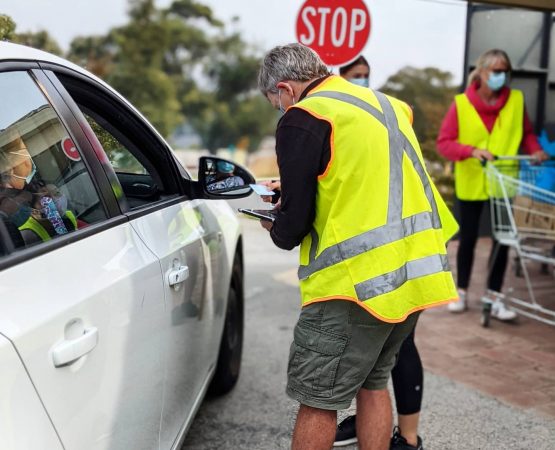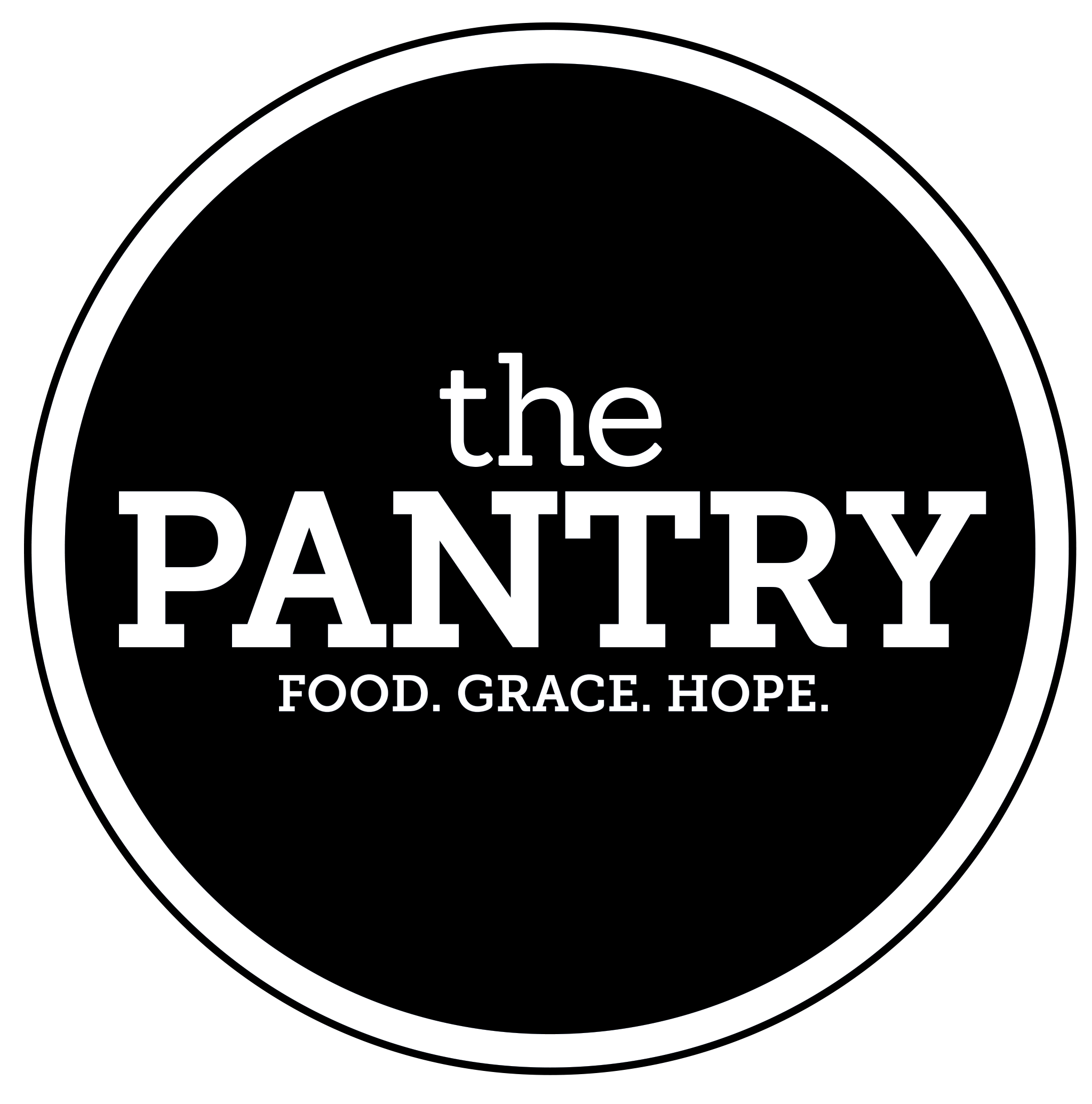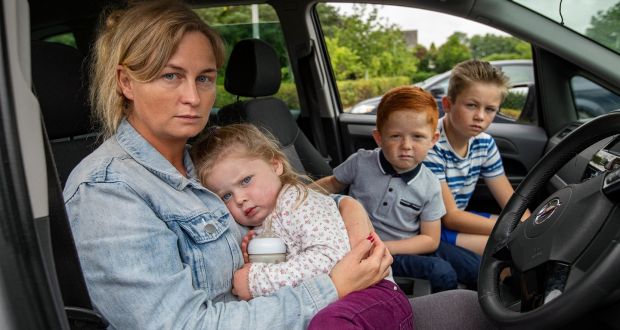The hunger crisis is a reality!
The face of hunger is so diverse, male, female, both young and old, single and in families, you can find it in students, the employed and unemployed, as well as retired people.
Any crisis could be enough to stop your neighbours … or even you, from putting food on the table at any given time.
It really does take courage to ask for help and unfortunately some people never do.
While COVID-19 has made life even more difficult for those who are already vulnerable, it has also launched others into food insecurity for the first time. The story we hear most often is
“I never thought I would have to line up for food.”
COVID-19, and its flow on effects, have increased the number of people who find themselves not having enough food to put on the table. The global pandemic has impacted the lives of all Australians, however, those who were already vulnerable before coronavirus are now even more vulnerable and are needing to access food relief more often.
In particular, the younger generation are much more likely to be doing it tough as a result of COVID-19 with their income significantly decreased or lost.
People for the first time in their lives are making gut wrenching decisions; making choices between what bill to pay or putting food on the table. One in three Australians are experiencing food insecurity in 2020 who had never experienced it before COVID-19.
Unfortunately, since Covid-19 we have seen a new demographic emerge of casual workers and international students. For these people it has been a catalyst for declining mental health as bills pile up and income decreases.
Some people find it difficult to reach out for help and many have not accessed food relief over the past 12 months.
Research has shown that people do not seek assistance due to embarrassment, shame and the belief that others are more in need of food assistance than them.

How Does Food Insecurity Happen?
There is a hidden crisis in our neighbourhood. It may shock you to hear that one in 6 people go hungry every day in our city here in Perth, despite Australia’s reputation as a wealthy country.
We’re not talking about people who live on the street, we’re talking about people who live in your street. Crisis can hit any family at any time – a mother escaping domestic violence, hardworking people who have been hit by job losses, illness, injury, all against the backdrop of the rising costs of living like rent and electricity.
We were completely overwhelmed as the people seeking our help grew rapidly. From humble beginnings serving a handful of people in 2011 we have rapidly grown to serving over 68000 people in 2020.
How we have grown
2016
32832
2018
47350
2020

